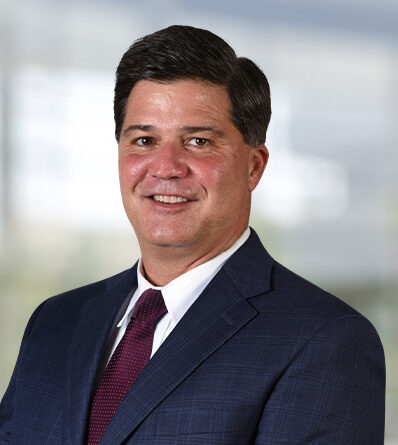Finding IP Value
Assembling the Pieces: Practical Lessons from Recent IP Posts

Patent clients come from many different perspectives. Our firm represents clients who own numerous patents and whose employees possess impressive knowledge about our patent system. We also represent clients with no prior patents and very little practical experience with patenting. This post is geared primarily to the latter group, providing a more foundational overview of the patent system. Here, I have used my three most recent posts to illustrate several important patent principles.
Two of the recent posts involved successful defenses by well-known companies – DropBox and Lyft – after they were sued by patent owners in their respective industries. A third recent post discussed a patent awarded to another well-known company – DoorDash – for a food delivery arrangement system. These cases illustrate the following points:
First, plan for the end game relative to the patent life cycle – typically around 20 years from filing at full length – and be prepared to adjust to new circumstances over the course of that life cycle. A patent’s impact might wane after its first ten years if technological advances provide non-infringing alternatives to the patent. In such cases, good advice is essential to understand the likely merits of filing a lawsuit. The discipline to adjust also happens when the state of the law changes between the time the patent is granted and when suit is brought. In the lawsuit against Lyft, the law had changed some years after the patent was issued, making the validity of patent claims harder to sustain with respect to computer functions. Even though the law changed, there was no way the competitor could go back in time to change its patent. Given the change in law, the patentee needed to have provided much more detail not only about the functions the system performed – tracking someone’s use of the ridesharing features and distributing invoices, for example – but precisely how the components must have been configured to perform those steps. If given a do-over, the infringement lawsuit probably would not have been filed. The case illustrates that it is important to have a good plan, but to be ready to adapt when needed.
Second, consider patenting as a collaborative process. The information and expertise flowing between patent attorney and client is a fascinating part of the practice. Patent attorneys must develop their own intimate knowledge of the invention, how it operates, and why it is distinct. Likewise, inventors, technology officers, and other company leaders should accumulate sufficient knowledge about laws governing patent creation and enforcement. This type of mutuality results in a team approach, where good decisions are likely to be made at all stages. Extra involvement might have avoided the negative result for the patent owner in the DropBox case, where conflicting terms in the claims arose from technical differences between updating a computer file versus building a file directory. The language at issue was actually introduced by the Patent Office right before the patent was granted, years after the application was filed. It is possible that more eyes on the claim language could have identified and addressed the irreconcilable conflict before the patent was issued. However, this did not occur. As a result, DropBox was able to establish that there was an “impossibility” in the claims, which won the case for Dropbox.
Third, understand that patents are about restricting competitor activity. This encourages all of those collaborators to examine the invention from many angles. By factoring competitor activity into the mix, it lets the patentee pursue claims with a wider net aimed at all kinds of activity, not just its own activity. We can see the desire for this, at least, with the DoorDash patent, where DoorDash initially sought a patent that seemed to cover everything under the sun related to combining orders from different users. DoorDash did not succeed on that broad of a level, but instead continued to make its claims narrower to finally receive the patent, though the strategy in securing the patent will limit its options about which competitor activities it may target for infringement.
Fourth, when obtaining a patent, go deep into the details to describe the invention with as many uses as possible. Before filing the patent, check the application while in its near-final form and ask how a competitor might distinguish its own product from the invention claimed, a process known as “designing around.” The preferred situation is when there is no feasible path to design around a patent’s claims. Less preferable but still beneficial is the situation where any potential design around by a competitor would result in an inferior product. When they encounter the DoorDash patent, rival companies will try to design around it, and it would appear they will have several opportunities for doing so based on the language eventually settled upon for the claims.
Fifth, and finally, apply the relevant principles to your particular situation. For every company that obtains a patent, there could be multiple companies that know of the patent and act responsibly to avoid trespassing on someone else’s patent rights. Respect for others’ patent rights does not mean refraining from competition.
When guiding patent clients, the value we strive for as patent attorneys comes from the ability to handle situational nuances, as well as the attention to things like context, clarity, and precision in performing our services. While impossible to distill into a single post (or, indeed, a multi-volume treatise for that matter) attention to the above principles is likely to achieve more informed decisions and actions when it comes to a party’s own patents – or someone else’s.
